Optimal Timing for Water Treatments
Water treatments are most effective when scheduled during periods of low water demand, typically in the spring or early summer. Performing treatments during these times allows for optimal absorption and efficiency, ensuring water quality is maintained throughout the year. Seasonal changes, such as temperature fluctuations and water usage patterns, influence the timing of treatment applications.
Spring and early summer are ideal for water treatments due to moderate temperatures and lower usage rates, allowing for thorough treatment and better results.
Temperature and water demand vary seasonally, affecting the effectiveness of treatments. Adjusting schedules accordingly maximizes benefits.
Consistent water treatment schedules help prevent buildup of contaminants and ensure water quality year-round.
Avoid treatments during heavy rain or extreme cold, as these conditions can reduce treatment effectiveness or cause runoff issues.
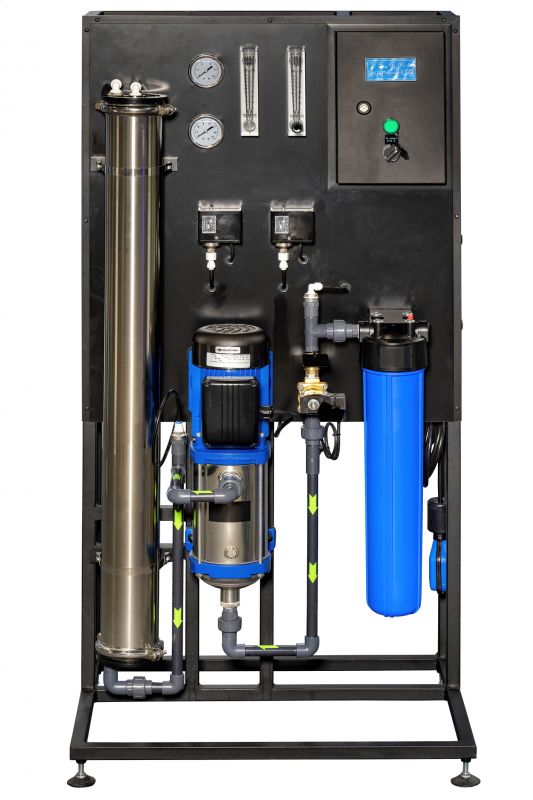
Various equipment used in water treatments ensures proper filtration and purification.
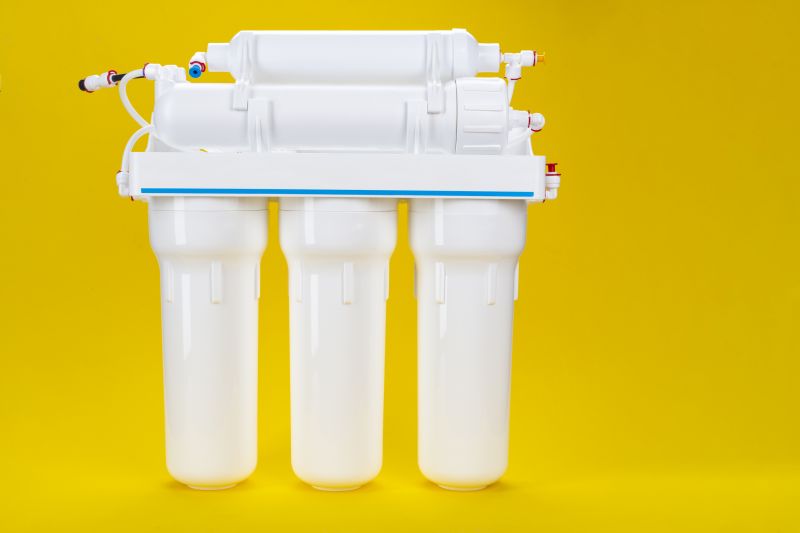
Precise chemical application is crucial for effective water treatment processes.
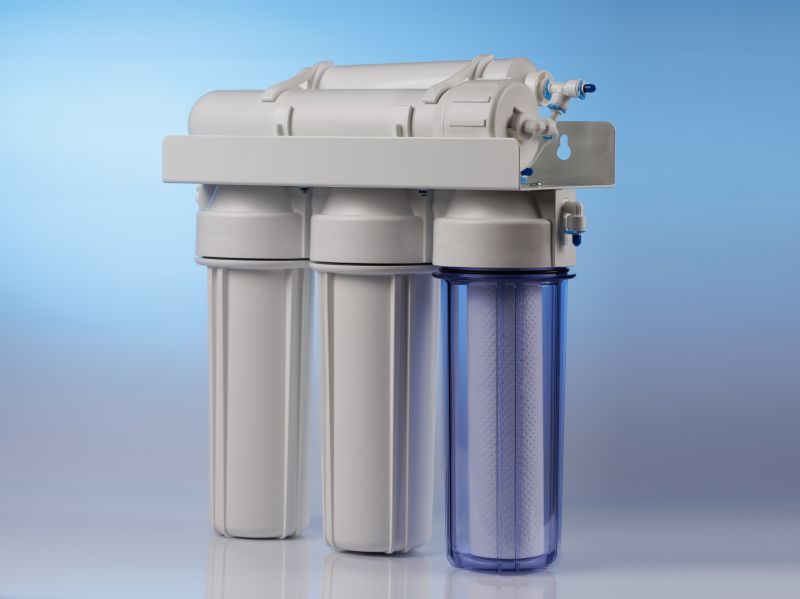
Filtration removes particulates and improves water clarity.
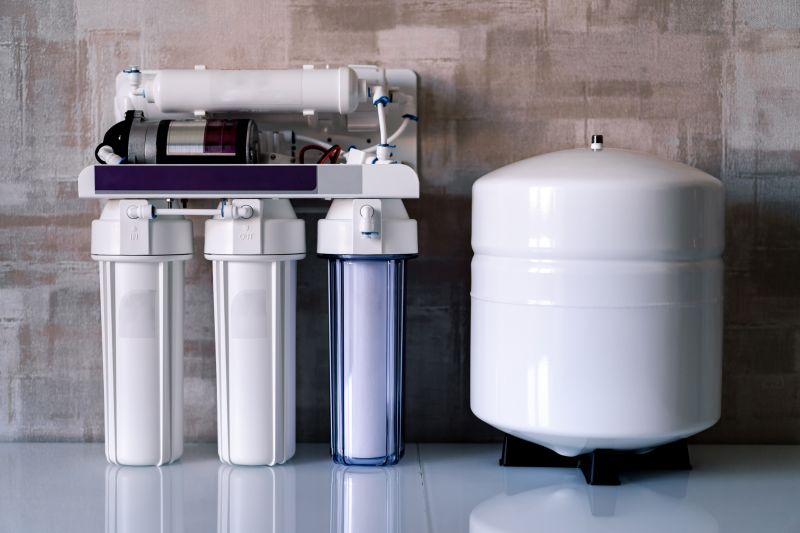
Regular testing detects contaminants and guides treatment timing.

Routine maintenance ensures treatment systems operate efficiently.
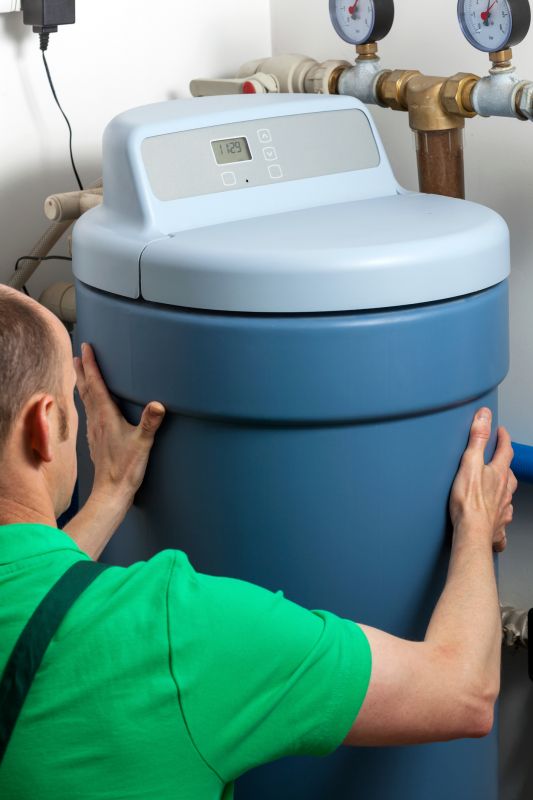
Planning treatments around seasonal variations optimizes results.
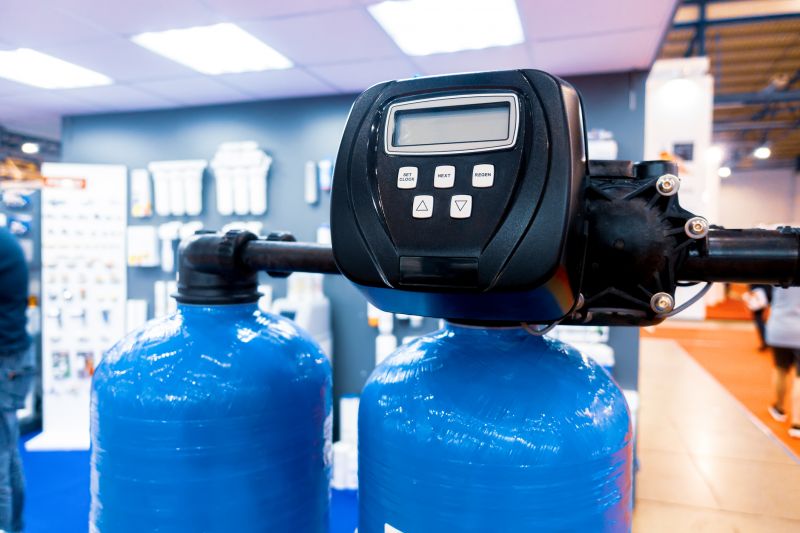
Continuous monitoring maintains high water standards.

A comprehensive view of water treatment steps.
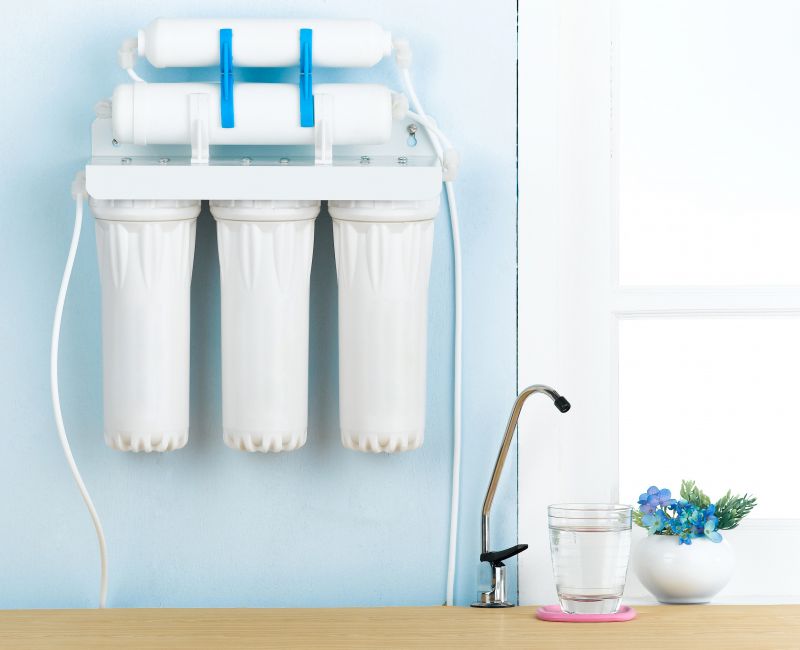
Facility dedicated to water purification and treatment.
| Factor | Recommended Timing |
|---|---|
| Temperature | Spring and early summer |
| Water demand | Low demand periods |
| Rainfall | Avoid during heavy rain |
| Cold weather | Avoid during freezing temperatures |
| Water quality issues | Prior to known contamination risks |
| Maintenance schedules | Align with low usage seasons |
| Seasonal changes | Adjust based on local climate patterns |
Water treatments play a vital role in maintaining high water quality standards. They involve processes such as filtration, chemical dosing, and regular testing to remove contaminants and improve water clarity. Proper timing ensures treatments are more effective, preventing issues like buildup of sediments or microbial growth. Seasonal adjustments and consistent scheduling are essential for optimal results, especially in areas with distinct climate variations.

